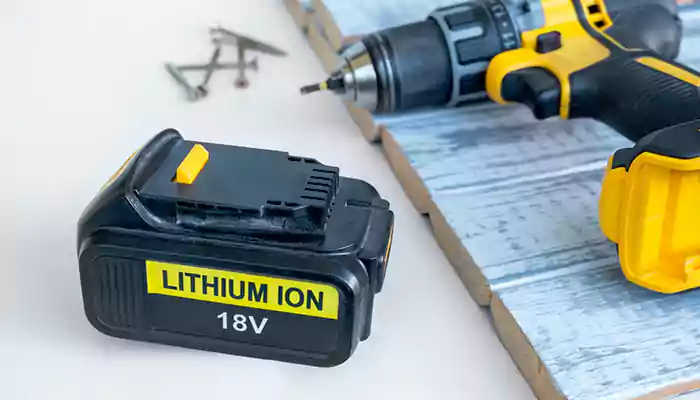
Why are lithium-ion batteries falling behind in eco-race?
The foundation of a low-carbon future is a crucial but challenging technology.
Rechargeable lithium-ion batteries, which are now extensively used in computers and smartphones, will power many things, including electric cars. Also, they are required to support the world's electricity systems because renewable energy sources like solar and wind energy are yet unable to deliver energy continuously. According to industry estimates, the market for lithium-ion batteries will increase from US$30 billion in 2017 to $100 billion in 2025.
Nevertheless, as Nature Reviews Materials has investigated in a series of publications, this rise is not without consequence. Cons of lithium-ion technology exist for both individuals and the environment. Lithium and cobalt are the key raw elements that must be extracted, which uses up a lot of energy and water.
Additionally, the work is done in mines where the conditions are frequently unsafe for workers, including kids as young as seven.
To lessen the unintended repercussions of an essential technology, policymakers, business executives, and researchers must address these issues promptly. Accelerating battery reuse instead of, or in addition to, recycling batteries or dumping them in landfills is a key intervention that requires additional research.
The lithium-ion batteries that drive this green revolution are becoming astronomically costly, have a short lifespan, and have a negative influence on the environment. This crucial sustainable revamp might be delayed as a result of all of this.
First, the lack of materials. Lithium is widely distributed, but only a few locations in the globe extract and refine it. Since there hasn't been much demand for pure, purified lithium, the scarcity doesn't really matter. Yet as more EVs and enormous grid-level batteries have been constructed, demand has surged in recent years. Simply put, the mining sector has found it difficult to grow in order to fulfill consumer demand, which has driven up the price of lithium.
However, there is no scarcity of lithium, and this issue will be resolved over the course of the following ten to fifteen years when new mines and refineries are constructed.
Other components of lithium-ion batteries, such as nickel, manganese, and cobalt, are less common than lithium. The fact that these mines cannot be developed as rapidly as lithium mines, their prices have increased and are expected to continue to rise. However, the mining methods used to get these resources have a terrible impact on the environment, leading to deforestation, water table contamination, heavy metal leaching, and a significant amount of carbon emissions.
Hence, when it comes to eco-friendly energy resources lithium-ion batteries are definitely falling behind.






